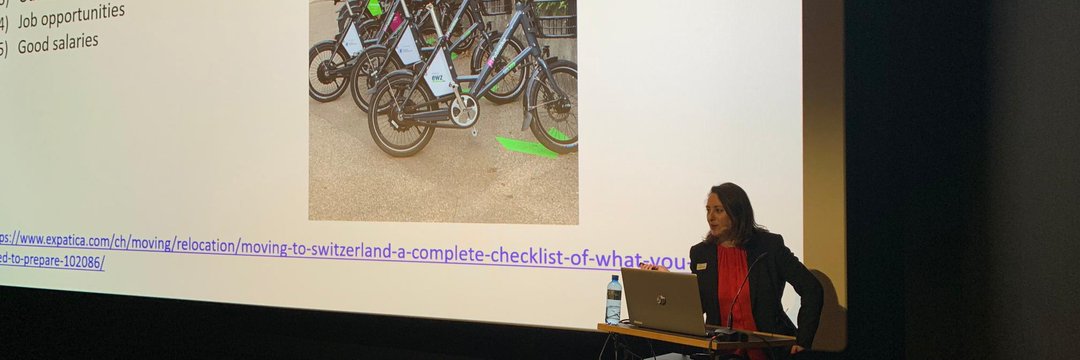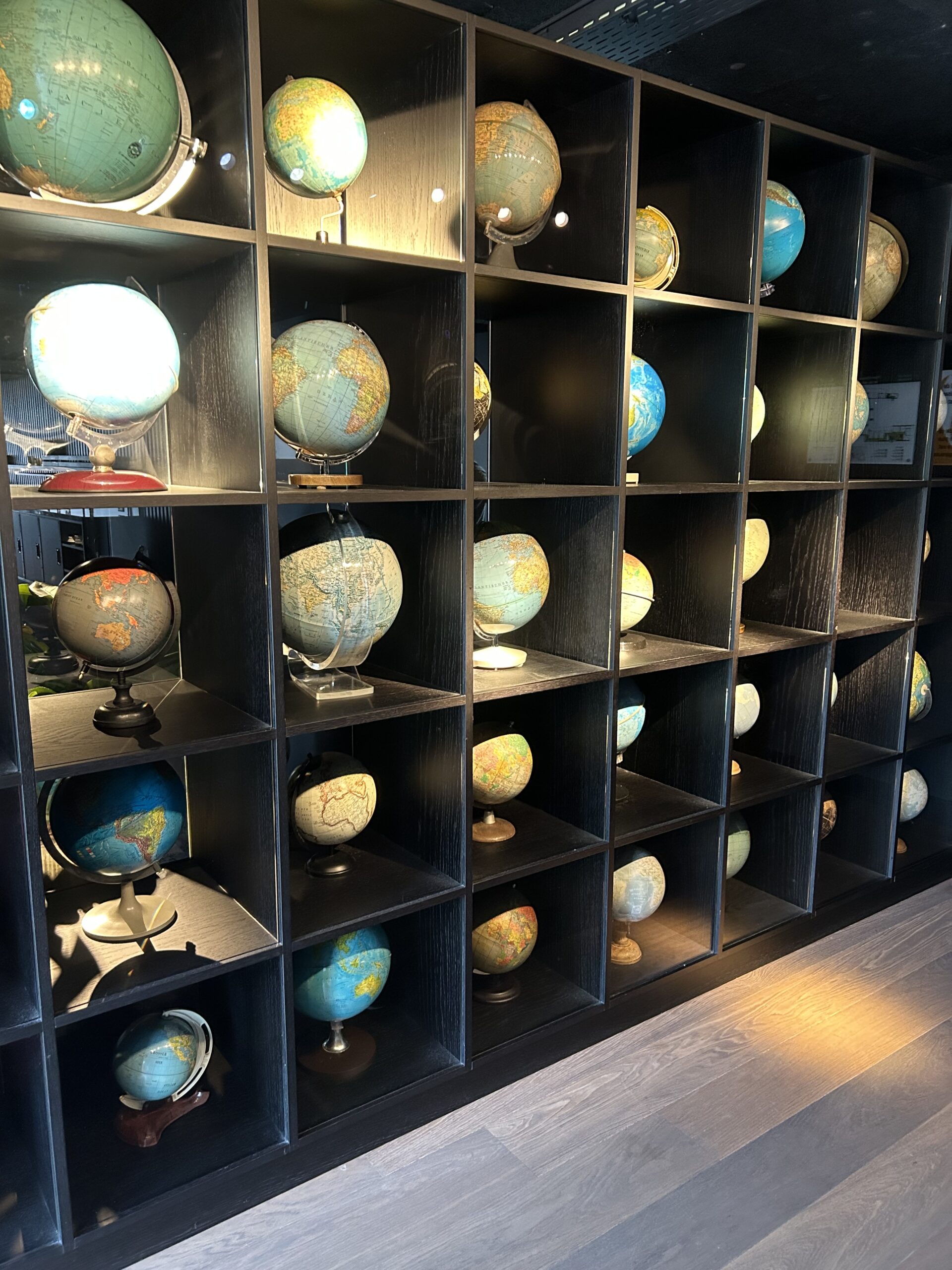Monthly Archives: September 2019
Publishing the “The Global Mobility Workbook”

Publishing the “The Global Mobility Workbook” With “The Global Mobility Workbook – 3rd Edition” launch just around the corner, I thought I would talk a little about my journey of completing this book. Every book project is a massive team effort. I realized in June that it would be easy just to quit the project, so I forced myself a little. I used what I call the “people approach to managing projects.” I’ve explained this approach in a module of our RockMeX program. The People Approach “The “People Approach to Managing Projects” has several steps. First, you visualize the end result and paint a detailed picture of it. Second, you add post-it notes of people you see connected to this […]
You need to develop your Global Competency

Global Competency Why it is so difficult to come up with a good curriculum for Global Mobility As you probably understood already the arena of Global Mobility is vast and no Global Mobility Manager will have all the answers. If you enjoy constant challenges and a day that never looks the same Global Mobility could be right for you. However, you also need to be very structured, focussed and analytical. For Global Mobility Educators, it is a constant challenge to provide a curriculum that is based on the right career level and also deep enough. Most courses you will find about Global Mobility in your home country will assume the home approach and all the special legal areas will mainly […]
Global Mobility Managers: Shaping the Future

I feel that the era of treating people as numbers on a spreadsheet needs to change, don’t you? Steps in the right direction are already being taken and I believe that Global Mobility professionals and their increasing value in businesses is the example to rally behind. For the uninitiated, let’s talk today about how you as Human Resources or Global Mobility Professionals can demonstrate and amplify the value they bring to organizations. We had our guest blogger Kevin Castro tackle this very topic last year and it remains highly relevant today, so we are re-sharing the main ideas. Agile is Fragile First and foremost, Global Mobility professionals need to be agile. The goal posts are shifting all the time – […]
The Global Mobility Workbook (Third Edition)
Why buy us? “Global Mobility” is currently undergoing a global transformation. New technologies, the constant evolution of companies, generational diversity and political situations have evolved the roles and lives of mobile professionals faster than existing policies can keep up, calling for a clear focus on the processes to be updated to cater better for the people driving Global Mobility. Are you as a Global Mobility Professional feeling overwhelmed by the speed and scope of this ‘boom’? Perhaps you need to introduce yourself to the field and get a better, broader overview of Global Mobility. Maybe you are in HR or a line manager and want to ensure that you are becoming an employer of choice for younger generations demanding […]

